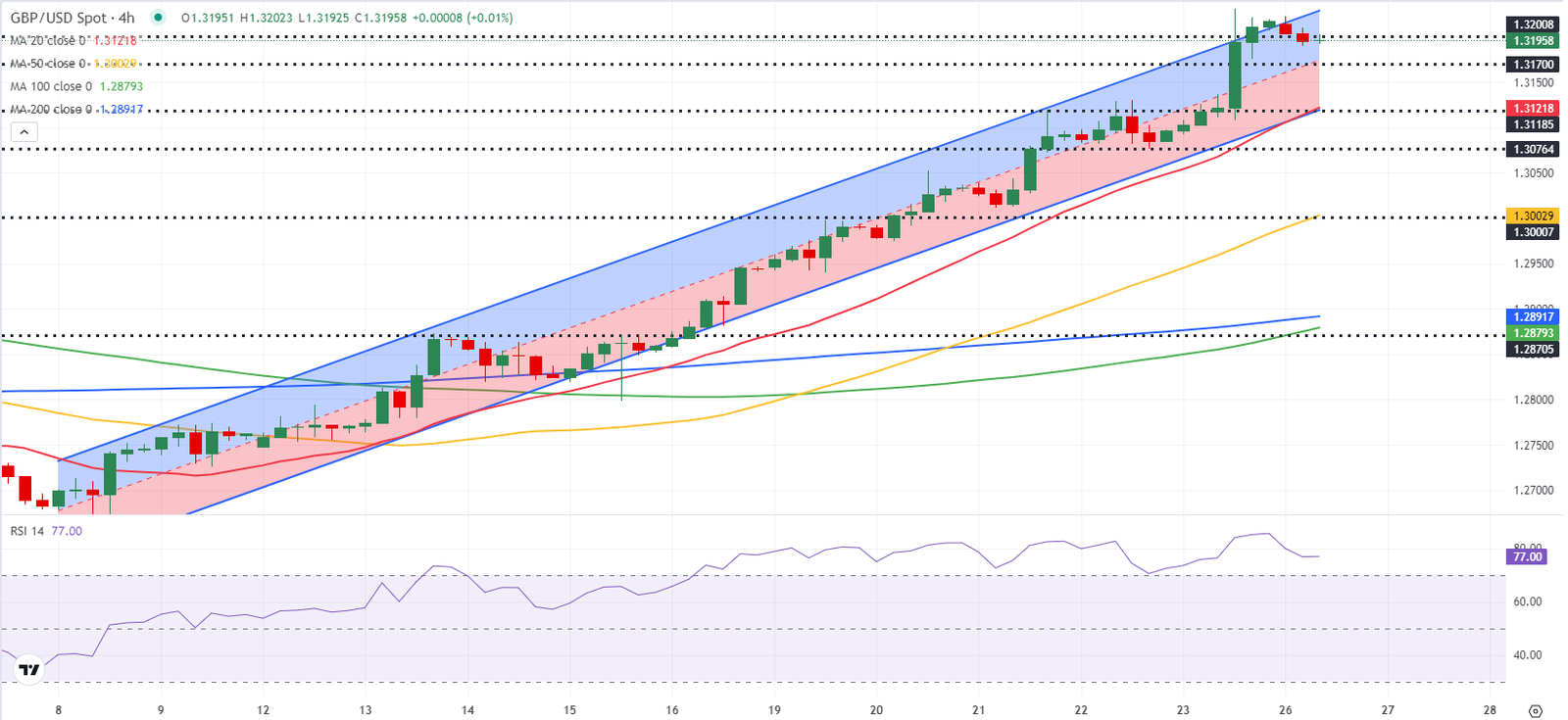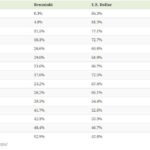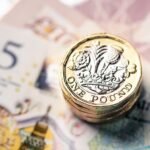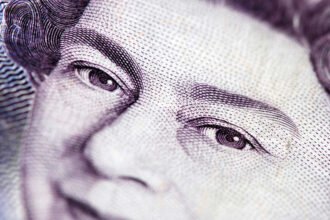- GBP/USD consolidates previous week’s impressive gains below 1.3200.
- Fed Chairman Powell’s remarks on Friday triggered a USD selloff.
- The pair remains technically overbought ahead of US Durable Goods Orders data.
GBP/USD gained 1% on Friday and rose more than 2% for the week, fuelled by the heavy selling pressure surrounding the US Dollar (USD). After touching its highest level since March 2020 at 1.3230, the pair seems to have entered a consolidation phase below 1.3200 at the beginning of the week.
British Pound PRICE Last 7 days
The table below shows the percentage change of British Pound (GBP) against listed major currencies last 7 days. British Pound was the strongest against the US Dollar.
| USD | EUR | GBP | JPY | CAD | AUD | NZD | CHF | |
|---|---|---|---|---|---|---|---|---|
| USD | -1.40% | -1.90% | -2.53% | -1.30% | -1.55% | -2.60% | -2.21% | |
| EUR | 1.40% | -0.60% | -1.09% | 0.10% | -0.25% | -1.38% | -0.86% | |
| GBP | 1.90% | 0.60% | -0.66% | 0.67% | 0.34% | -0.73% | -0.27% | |
| JPY | 2.53% | 1.09% | 0.66% | 1.20% | 0.97% | 0.05% | 0.19% | |
| CAD | 1.30% | -0.10% | -0.67% | -1.20% | -0.29% | -1.23% | -0.97% | |
| AUD | 1.55% | 0.25% | -0.34% | -0.97% | 0.29% | -0.98% | -0.61% | |
| NZD | 2.60% | 1.38% | 0.73% | -0.05% | 1.23% | 0.98% | 0.41% | |
| CHF | 2.21% | 0.86% | 0.27% | -0.19% | 0.97% | 0.61% | -0.41% |
The heat map shows percentage changes of major currencies against each other. The base currency is picked from the left column, while the quote currency is picked from the top row. For example, if you pick the British Pound from the left column and move along the horizontal line to the US Dollar, the percentage change displayed in the box will represent GBP (base)/USD (quote).
Following Thursday’s recovery attempt, the USD Index, which tracks the USD’s valuation against a basket of six major currencies, turned south on Friday.
In his keynote speech at the annual Jackson Hole Economic Symposium on Friday, Federal Reserve (Fed) Chairman Jerome Powell noted that the labor market is no longer overheated and said that they will do everything they can to support a strong labor market, while making further progress toward price stability. He also acknowledged that the time has come for them to adjust the monetary policy.
The US economic docket will feature Durable Goods Orders data for July later in the day. The market expectation is for a 4% increase, following the 6.7% contraction recorded in June. Although this data by itself is unlikely to influence the Fed’s policy outlook, it could trigger a short-lasting reaction. A negative print could weigh on the USD, while a noticeable rebound, with a reading of 5% or stronger, could support the USD and cause GBP/USD to correct lower.
GBP/USD Technical Analysis
GBP/USD started to edge lower after rising above the upper limit of the ascending channel, suggesting that the pair is staging a technical correction. The Relative Strength Index (RSI) indicator on the 4-hour chart stays well above 70, hinting that the pair has more room on the downside to complete its correction.
1.3170 (mid-point of the ascending channel) aligns as first support before 1.3120 (lower limit of the ascending channel) and 1.3100 (psychological level, static level). On the upside, 1.3200 (static level, psychological level) could be seen as immediate resistance before 1.3230 (upper limit of the ascending channel) and 1.3270 (static level from March 2022).
Pound Sterling FAQs
The Pound Sterling (GBP) is the oldest currency in the world (886 AD) and the official currency of the United Kingdom. It is the fourth most traded unit for foreign exchange (FX) in the world, accounting for 12% of all transactions, averaging $630 billion a day, according to 2022 data. Its key trading pairs are GBP/USD, aka ‘Cable’, which accounts for 11% of FX, GBP/JPY, or the ‘Dragon’ as it is known by traders (3%), and EUR/GBP (2%). The Pound Sterling is issued by the Bank of England (BoE).
The single most important factor influencing the value of the Pound Sterling is monetary policy decided by the Bank of England. The BoE bases its decisions on whether it has achieved its primary goal of “price stability” – a steady inflation rate of around 2%. Its primary tool for achieving this is the adjustment of interest rates. When inflation is too high, the BoE will try to rein it in by raising interest rates, making it more expensive for people and businesses to access credit. This is generally positive for GBP, as higher interest rates make the UK a more attractive place for global investors to park their money. When inflation falls too low it is a sign economic growth is slowing. In this scenario, the BoE will consider lowering interest rates to cheapen credit so businesses will borrow more to invest in growth-generating projects.
Data releases gauge the health of the economy and can impact the value of the Pound Sterling. Indicators such as GDP, Manufacturing and Services PMIs, and employment can all influence the direction of the GBP. A strong economy is good for Sterling. Not only does it attract more foreign investment but it may encourage the BoE to put up interest rates, which will directly strengthen GBP. Otherwise, if economic data is weak, the Pound Sterling is likely to fall.
Another significant data release for the Pound Sterling is the Trade Balance. This indicator measures the difference between what a country earns from its exports and what it spends on imports over a given period. If a country produces highly sought-after exports, its currency will benefit purely from the extra demand created from foreign buyers seeking to purchase these goods. Therefore, a positive net Trade Balance strengthens a currency and vice versa for a negative balance.






















